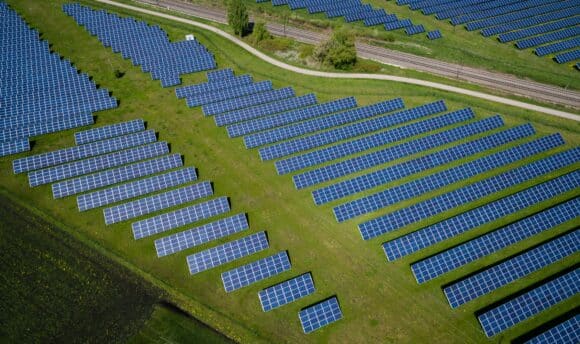We have only 12 years left to save the planet from devastating climate change, the Intergovernmental Panel on Climate Change warned last October. With important governments missing in action, financial institutions have now emerged as unlikely allies of climate activists. In recent months banks and other financiers have pulled out of the coal and other fossil fuel sectors, falling like dominos.
The World Bank was the first major financial institution to end lending for most coal projects in 2013. Six year later the trickle is turning into a torrent. According to a new report by the Institute for Energy Economics and Financial Analysis (IEEFA), more than 100 banks, pension funds, insurance companies, asset managers, development banks and export credit agencies with assets of at least $10 billion each have by now adopted some kind of coal restrictions.
The momentum of the coal exit is accelerating. Since the start of the new year, five new institutions – Export Development Canada, Varma of Finland, Nedbank of South Africa, British Barclays Bank and Austria’s Vienna Insurance Group – have joined the bandwagon. The trend is also growing ever more geographically diverse, with actors in Europe, North America, Australia, Korea, Japan, Singapore and South Africa.
Two main factors have triggered the financial shift out of the coal sector. Coal is a dying industry, and fossil fuels more generally are not an attractive investment. As IEEFA points out, the energy sector was the second-worst performer in the S&P 500 index in 2017 and the worst in 2018, losing 18% of its value. As a group, clean energy companies are massively outperforming the fossil fuel industry.
Irrespective whether you consider the past three, five or ten years, investors who divested their assets fared better than those who remained involved in fossil fuels. Research by the Corporate Knightsmagazine found that the New York State Common Retirement Fund could have gained $22.2 billion in value if it had divested from all fossil fuels in 2008. This amounts to a whopping $20,000 for each of its more than 1 million members and retirees.
While market forces encouraged the shift of capital out of fossil fuels, a global network of climate, human rights and indigenous rights activists pushed banks and other financiers to accelerate their low-carbon transition. When the World Bank ended its support for most coal projects in 2013, it responded to a campaign by pressure groups in the South and North over many years. Thousands of college students kickstarted a global divestment movement around the same time. Grassroots campaigns all over the world forced banks to stay away from the toxic Carmichael coalmine project in Australia and then adopt coal exit policies. In 2018, an online petition with close to 1 million signatures pushed Munich Re to grudgingly agree to no longer insure most coal projects.
Testimony from fossil fuel companies and analysts confirms that the restrictions on coal finance and insurance have started to bite. A briefing paper by Goldman Sachs found last October that the divestment movement was “a key driver” in the coal sector’s rapid loss of value over the past five years. At a recent industry conference in Miami, the CEO of a coal company complained that it had become “virtually impossible to do any business” with large US banks. And insurance broker Willis Towers Watson just reportedthat because of the withdrawal of major insurers, finding insurance cover for coal projects has become more complicated and expensive.
Although we are racing against time to address the climate crisis, a number of major financiers continue to prop up the coal industry. BlackRock, the world’s largest asset manager, continues to invest in coal companies and vote down climate resolutions at the companies it invests in. And even the coal exit policies of major companies which have moved like HSBC and Munich Re have gaping loopholes. But the train has left the station, and pressure on coal financiers is increasing.
“The smart money is jumping ship”, comments Tim Buckley, a financial analyst and the author of the new IEEFA report. “The only question now is, who’s next?”
This piece was first published on Thomson Reuters Foundation News – The smart money is jumping the sinking coal ship



